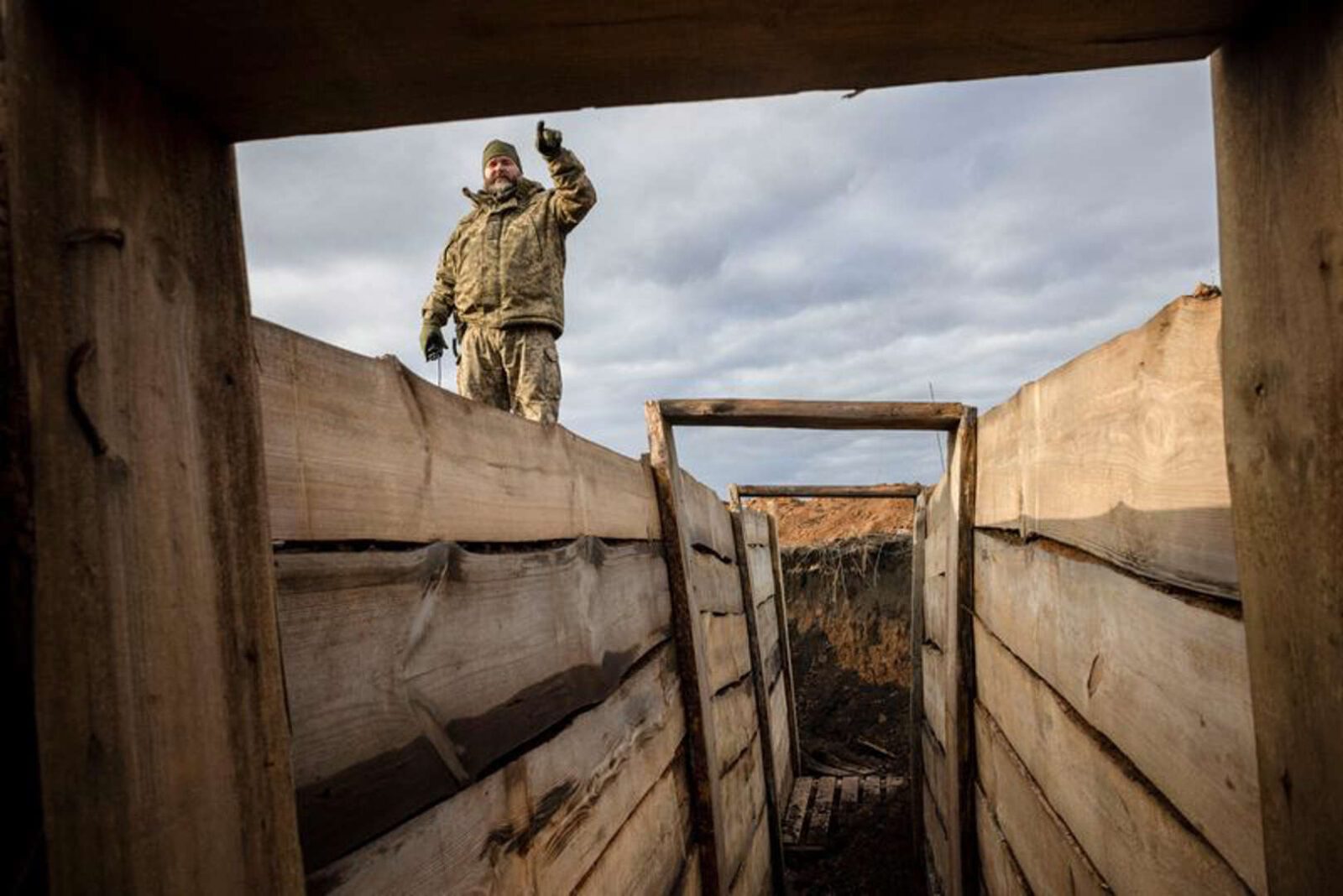Ukraine (Reuters) – Rows of white concrete barricades and rolls of barbed wire stretch across an open field for more than a kilometer. Trenches with rudimentary living quarters are being dug. Artillery resounds not far away.
The new defensive lines visited by Reuters near the northeastern city of Kupiansk on December 28 show how Ukraine has stepped up fortification construction in recent months as it shifts its military operations against Russia to a more defensive footing.
The defenses, which bear some resemblance to those deployed in the Russian-occupied south and east, are intended to help Ukraine resist attacks and at the same time regenerate its forces while Moscow takes the initiative on the battlefield, according to military analysts.
“When the troops are moving, crossing fields, it is possible to dispense with fortifications. But when the troops stop, you have to dig up the ground immediately,” a Ukrainian Army engineer codenamed Lynx told Reuters near Kupiansk.
President Volodymyr Zelenskiy announced that Ukraine was “significantly upgrading” its fortifications on November 28, after a counter-offensive launched in June failed to quickly break through Russian lines.
Kiev claims that its ambition to retake all of the occupied territory is unwavering, but for now it is concentrating on politically sensitive recruitment reforms to replenish manpower and address artillery shortages at the front.
Russia has increased offensive pressure around eastern cities such as Kupiansk, Lyman and Avdiivka, and no longer needs to hold back its reserve troops for fear of a possible Ukrainian advance, military analysts said.
Zelenskiy said that Ukraine’s defensive constructions need to be reinforced and work on them accelerated around the three cities, in the eastern parts of the Donetsk region and in the Kharkiv, Sumy, Chernihiv, Kiev, Rivne and Volyn regions.
These regions stretch from eastern Ukraine, along the border with Russia and Belarus, to its western ally, Poland. Zelenskiy said that the Kherson region in the south, a strip of which is still occupied, would also be reinforced.
DEFENSIVE POSTURE
There is no publicly available data on the intensity or scale of fortification construction.
Ukraine has had defensive lines in some areas of the Donbas region since 2014, when Russia supported the militants who seized the territory. Ukraine has been heavily protected in places like Avdiivka during the large-scale invasion.
Reinforced fortifications would reduce the speed of Russian troops and attract fewer Ukrainian forces to the defense, freeing them from the front so that they could, for example, receive more training, said Jack Watling, senior research fellow for land warfare at the Royal United Services Institute.
“The Ukrainians are now adopting a defensive posture because their offensive has culminated,” he said in a telephone interview, adding that Russia had regained the initiative on the battlefield and could choose where to strike.
With declining stocks of Ukrainian artillery ammunition, the Russian casualty rate was falling, making it easier for Moscow to generate new units, which in time could allow it to open up new lines of attack, he added.
